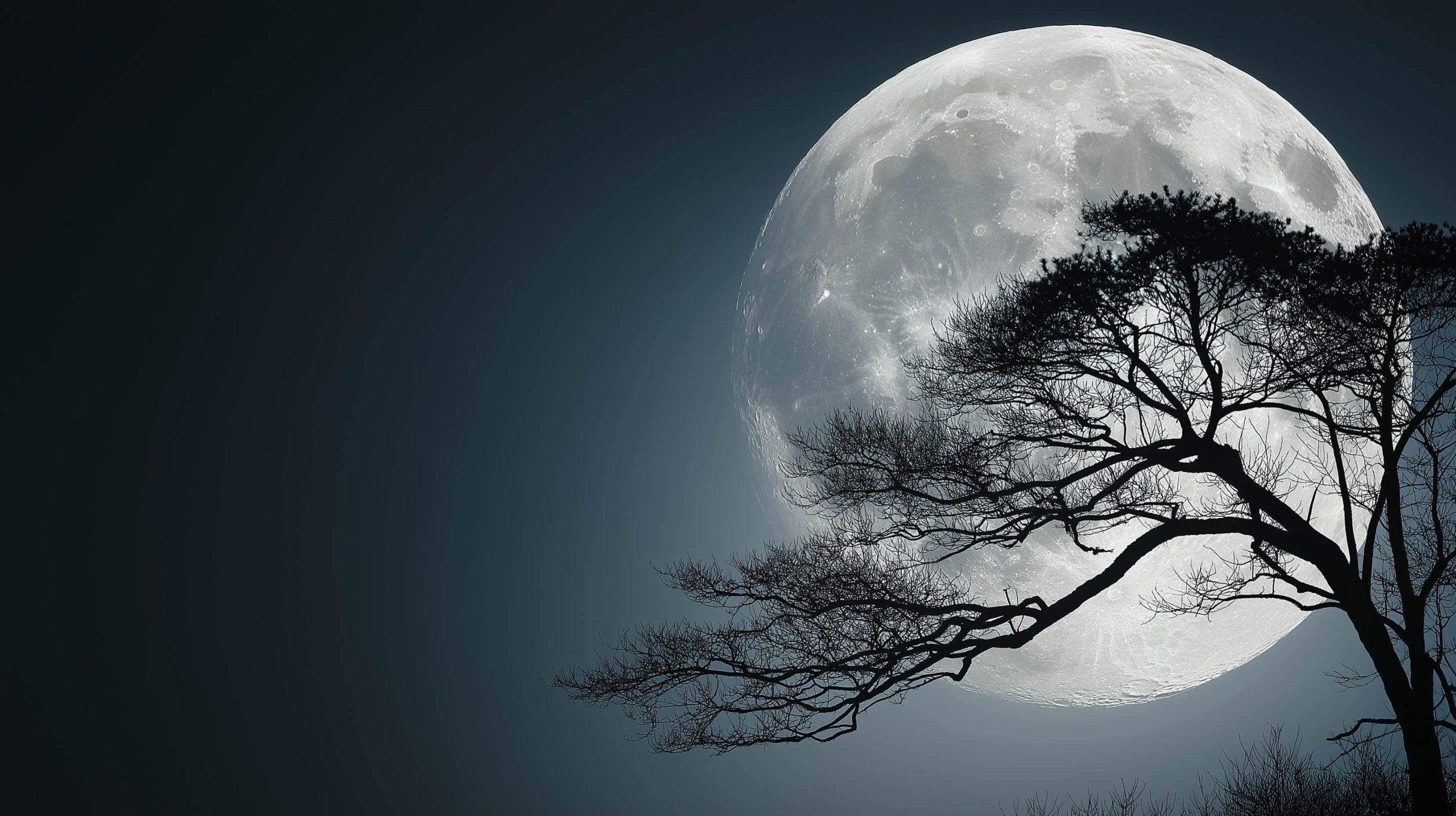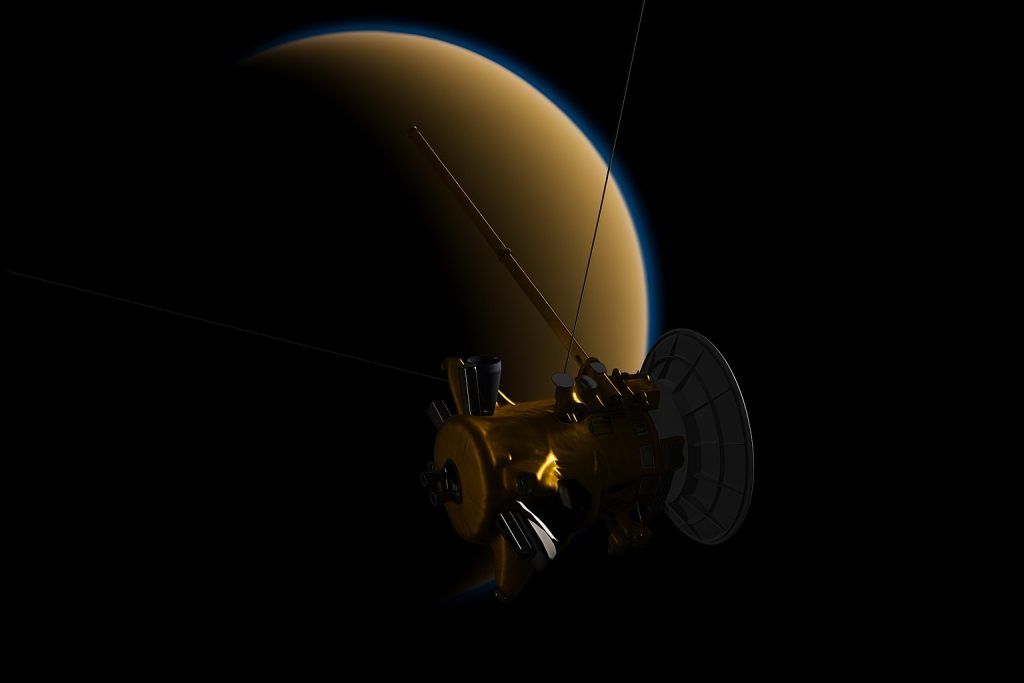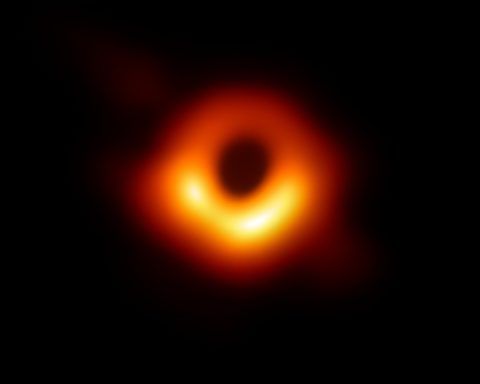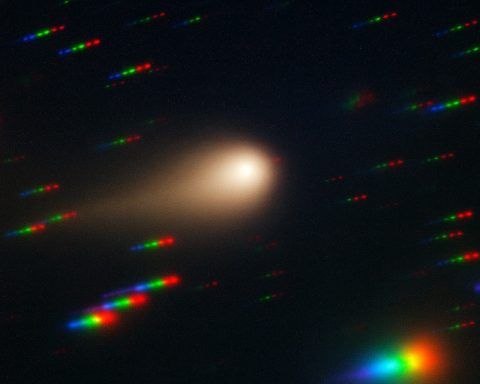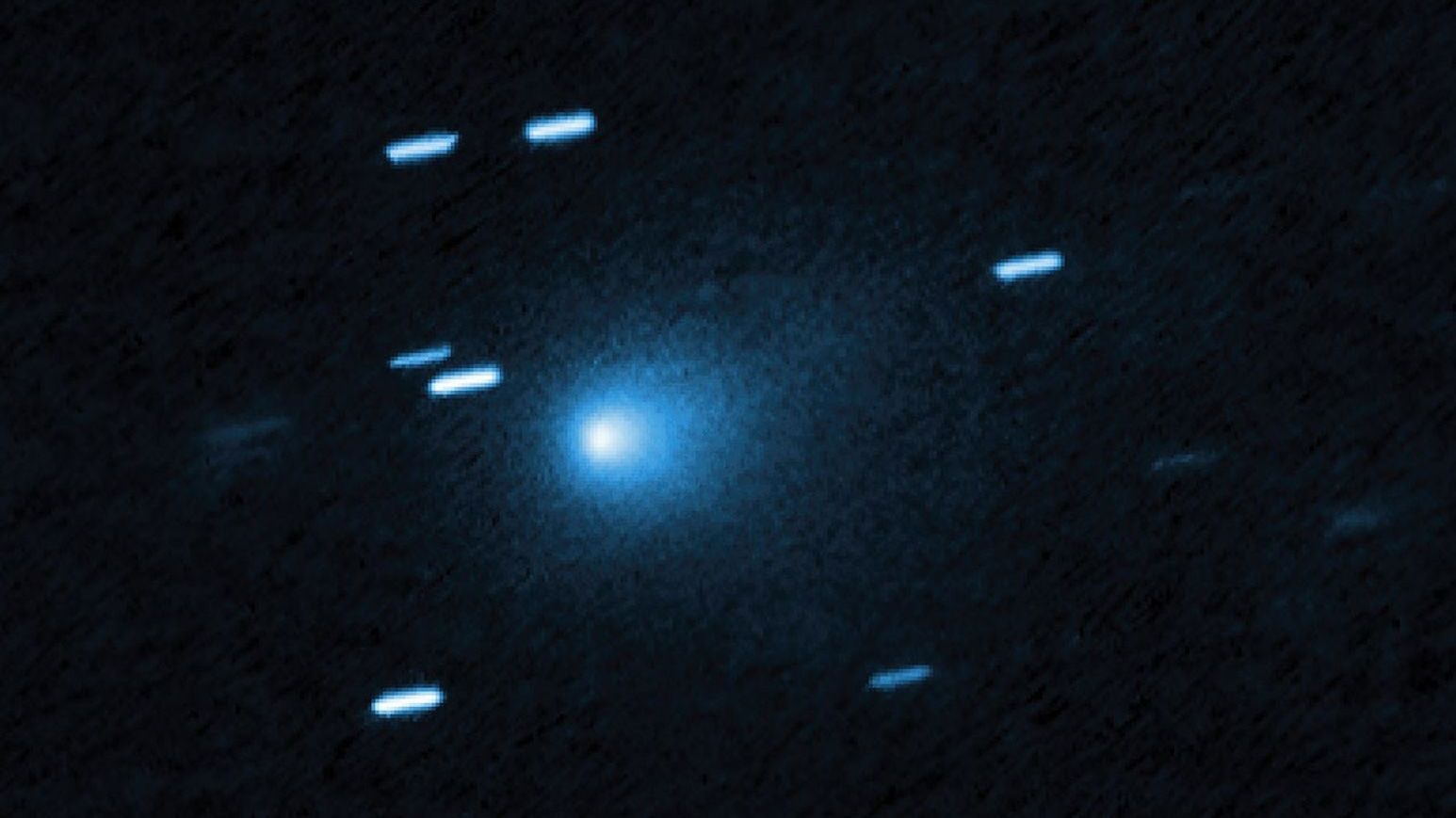Date: November 7, 2025
Key points
- The year’s biggest, brightest full moon (the Beaver supermoon) peaked on Wednesday, Nov. 5, and remains nearly full for casual viewing tonight. It reached full phase at 8:19 a.m. ET (13:19 GMT) on Nov. 5, just hours before perigee—the Moon’s closest approach to Earth. [1]
- The Southern Taurid meteor shower peaked Nov. 4–5 but continues producing sporadic slow, bright “fireballs.” The Northern Taurids reach a broad maximum around Nov. 9, so skywatchers can still catch activity this weekend. [2]
- Along the California coast, the supermoon’s extra gravitational tug is coinciding with an atmospheric river. Authorities issued coastal flood and beach hazards advisories through Saturday, with reports of 14–19 ft breaking waves (up to 25 ft at favored spots) and dangerous rip currents. [3]
- California pre‑deployed emergency resources earlier this week—32 personnel and 9 fire engines in Del Norte and Humboldt counties—to prepare for flooding and debris flows. [4]
What’s happening now (Nov. 7)
The Beaver Moon—November’s traditional full moon—was not only full on Wednesday but occurred within hours of perigee, making it the largest supermoon of 2025. That timing boosted apparent size and brightness compared with a typical full moon. While the precise moment of fullness has passed, the Moon remains strikingly bright tonight, an easy target for the naked eye. [5]
Photographers and stargazers worldwide have already shared images from this week’s show, underscoring how prominent the Moon looked at moonrise and moonset. Expect a similarly photogenic, near‑full disk this evening. [6]
Meanwhile, the Southern Taurids—a slow, fireball‑prone meteor shower—peaked overnight Nov. 4–5 but stays active through mid‑November. On Sunday, Nov. 9, the Northern Taurids take a turn peaking, keeping fireball odds alive across the weekend despite moonlight. [7]
How to see it tonight
Moon: Step outside shortly after sunset and look east; the nearly full Moon will be high and bright for hours. Even a smartphone on a tripod can capture it near buildings, trees, or mountains for scale. The “big” appearance near the horizon is a visual effect (the moon illusion)—but it makes great photos. [8]
Meteors: The Taurids are best after 11 p.m. local time when Taurus climbs higher. Because the Moon is bright, prioritize dark locations and focus on fireballs—brighter, slower streaks that still punch through moonlight. Activity remains possible through the weekend as the Northern Taurids build. [9]
California storm + king tides: current coastal advisories
The West Coast is juggling two forces: a moisture‑rich atmospheric river bringing rain and wind, and perigean spring tides (often called king tides) amplified by the supermoon. The result is coastal flooding, hazardous surf, and strong rip currents from the Bay Area through the Central Coast.
- The National Weather Service (San Francisco Bay Area) kept a Coastal Flood Advisory and Beach Hazards Statement in effect into Saturday, Nov. 8, citing long‑period swells, 14–19 ft breakers (locally up to 25 ft), and sneaker waves. [10]
- Reporting on Thursday detailed atmospheric river rainfall over Northern California and the supermoon‑enhanced tides, with minor flooding already observed in spots like Coyote Creek and flood advisories spanning Sonoma to Monterey Counties. [11]
Preparedness & response: Anticipating the system, the state pre‑staged emergency crews—32 personnel and nine engines—in Del Norte and Humboldt counties from Tuesday evening through Thursday morning to accelerate responses to debris flows and flash flooding. [12]
Safety reminders for Friday night into Saturday: Stay off slick jetties and rocks; never turn your back on the ocean; avoid flooded roadways; and keep extra distance from river mouths, harbor entrances, and low‑lying bayside areas until advisories expire. [13]
Why tides are higher this week
“Supermoon” is the popular label for a full Moon near perigee. When a full or new Moon lines up with perigee, tides also “spring” higher than usual—what oceanographers call perigean spring tides (often dubbed king tides in public messaging). These events are predictable and occur several times a year; they can nudge minor coastal flooding even without storms, and they compound risk when storms do arrive. [14]
What’s next
- Northern Taurids peak:Sunday, Nov. 9. Expect scattered meteors and the chance of more bright fireballs. If skies cooperate locally, the show can be pleasantly sporadic—and memorable. [15]
- One more 2025 supermoon: The Cold Moon supermoon is due Dec. 4, 2025, offering another shot at oversized lunar views under wintry skies. [16]
Quick reference: facts & timing
- Full Beaver Moon exact time:Nov. 5, 2025, 8:19 a.m. ET (13:19 GMT). [17]
- Why it’s “super”: Full Moon occurred within hours of perigee, making it the largest and brightest of the year. [18]
- Southern Taurids: Peaked Nov. 4–5; active into mid‑November; noted for fireballs. [19]
- Northern Taurids: Broad maximum around Nov. 9. [20]
- California coast (Nov. 7):Coastal Flood Advisory/Beach Hazards in effect; 14–19 ft breakers (up to 25 ft at favored spots) and strong rip currents. [21]
- State actions:32 personnel + 9 engines pre‑deployed to Del Norte/Humboldt ahead of the storm. [22]
Bottom line
Tonight (Friday, Nov. 7) is still a great night to step outside: the Beaver supermoon remains a showstopper, and the Taurids can surprise with bright, slow fireballs—especially late at night. If you’re anywhere along the California coast, pair the skywatching with caution near the water as high surf and coastal flooding persist into Saturday. [23]
Sources: Space.com coverage and timing, EarthSky meteor forecasts, National Weather Service advisories, LA Times storm/king‑tides reporting, Cal OES/California Governor’s Office of Emergency Services updates, and NOAA explanations of perigean spring tides. [24]
References
1. www.space.com, 2. earthsky.org, 3. forecast.weather.gov, 4. www.latimes.com, 5. www.space.com, 6. www.space.com, 7. earthsky.org, 8. www.space.com, 9. earthsky.org, 10. forecast.weather.gov, 11. www.latimes.com, 12. krcrtv.com, 13. forecast.weather.gov, 14. science.nasa.gov, 15. earthsky.org, 16. time.com, 17. www.space.com, 18. www.space.com, 19. earthsky.org, 20. earthsky.org, 21. forecast.weather.gov, 22. krcrtv.com, 23. www.space.com, 24. www.space.com
